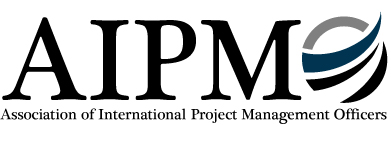 AIPMO is developing the first ‘leading’ international PMO standard based on a combination of research findings and expert knowledge. Developing an international standard is big responsibility because it can create or destroy value depending on the content, how it is written and how the content is interpreted. For example, if an industry is in a mess and you standardize a mess, you keep it in a mess. A leading standard is very different to a lagging standard because the content of leading standard is taken from evidence-based research of the most successful organizations in the world, put this into a framework and tests it for 3 years. Over this period, it is improved and optimized and then and only then is it written into an official standard. Lagging standards are based on what the author team knows and it is written into a standard and published without testing.
AIPMO is developing the first ‘leading’ international PMO standard based on a combination of research findings and expert knowledge. Developing an international standard is big responsibility because it can create or destroy value depending on the content, how it is written and how the content is interpreted. For example, if an industry is in a mess and you standardize a mess, you keep it in a mess. A leading standard is very different to a lagging standard because the content of leading standard is taken from evidence-based research of the most successful organizations in the world, put this into a framework and tests it for 3 years. Over this period, it is improved and optimized and then and only then is it written into an official standard. Lagging standards are based on what the author team knows and it is written into a standard and published without testing.
Ultimately it can lead to a Master and full MSc and DBA from SBS Swiss Business School.
There are three core certifications (IPMO-F, IPMO-P and IPMO-E) that provide in total 15 days of training, workshops, real case studies, focus groups, coaching and exams. Other PMO certifications such as Axelos’ P3O or Value Ring’s PMO-CP do not compare to AIPMO’s core PMO certifications especially in terms of approach, content, structure and outcome. AIPMO’s core PMO certifications covers much more!
To support the certifications and running or assessing a PMO there will be 7 core publications (still work in progress). In the coming period, I will review these publications and use my blog to inform you about those publications.
IPMO Certifications
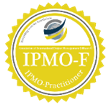 IPMO-F (Foundation, 5 days): Focus on the PMO team member and project team member:
IPMO-F (Foundation, 5 days): Focus on the PMO team member and project team member:
- Understand how PMOs fit into the world of projects, programs, and portfolios
- Understand the benefits of viewing PMOs in terms of services
- Know what are PMO capabilities, how they are constructed in terms of competencies, tools, and techniques
- Understand the PMO lifecycle framework and which phases and processes are most relevant for a PMO team member
- Learn the key PMO tools and techniques including templates you can take back to your organization
- Understand what are the key documents PMO use to run, monitor and control PMOs
- How to be confident in knowing what to do in the majority of PMO configurations.
 IPMO-P (Practitioner, 5 days): Focus on the PMO manager, project manager and functional manager – for one PMO:
IPMO-P (Practitioner, 5 days): Focus on the PMO manager, project manager and functional manager – for one PMO:
- Extend your understanding of project, project and portfolio management disciplines in context of PMOs
- Understand how to setup and run a successful PMO using AIPMO’s strategic lifecycle framework. The PMO could be a single project based PMO, to enterprise-wide PMO based
- Develop your own PMO’s Vision, Mission, Strategy and Services (1-day workshop)
- Describe the different roles of PMOs in a single and networked context and across different levels of the organization
- Discuss group experiences to share knowledge
- Understand PMO success factors and progress you journal to become a competent PMO director/PMO manager/team member/consultant.
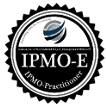 IPMO-E (Expert, 5 days): Focus on the PMO Director, PM Director and consultants:
IPMO-E (Expert, 5 days): Focus on the PMO Director, PM Director and consultants:
- Extend your understanding of project, project and portfolio management disciplines in context of PMOs
- Understand how to setup and run successful PMOs ranging from a single project based PMO to enterprise-wide PMOs based on AIPMO’s Strategic PMO Lifecycle Framework
- Design organizational PMO topologies and PMO Service topologies
- Discuss group experiences to share knowledge
- Understand PMO success factors and progress in your journey to become a competent PMO director/PMO manager/team member/consultant
- Become confident and motivated to mentor others in getting the most out of PMOs.
Publications
- PMO Services and Capabilities
- PMO Principles
- Project, Program, Portfolio Principles
- Latest Research on Single to Enterprise-Wide PMOs
- From Single to Enterprise-Wide PMOs
- PMO Standard (AIPMO’s Body of Knowledge)
- PMO tools & Techniques
 Not all books are published yet. AIPMO produced the world’s first PMO Principles Booklet in 2017. The first book I reviewed in 2020 will be published in the coming months.
Not all books are published yet. AIPMO produced the world’s first PMO Principles Booklet in 2017. The first book I reviewed in 2020 will be published in the coming months.
Review PMO Services and Capabilities
The book PMO Services and Capabilities is written by Stuart Dixon and Dr Robert Joslin. This book is unique as it addresses in a systematic and structured way to explain for each PMO service including the associated attributes how to implement service. There are over 200 PMO services described in this book. The book is based on a three-level categorization system that allowed services to be grouped (service groups) with a service domain. A service domain is related to an area of experience. There are 22 service domains explained.
| Domain | Design | Operate | Monitor |
| Administration | Administration Events
PPM Admin |
||
| Benefits management | Benefits framework | Benefits identification | Benefits realization |
| Capacity and capability management | Capability design | Capability operations
Capacity operations |
Capability monitoring
Capacity monitoring |
| Change control | Change control planning | Change control operations | Change control monitoring |
| Change management | Change management design | ||
| Configuration management | Configuration management design | Configuration management operations | Configuration management monitoring |
| Consultancy | Consultancy service
Consultancy wisdom |
||
| Financial management | Financial design | Financial monitoring | Financial operations |
| Governance | Governance Design | Governance Operation | |
| Integration | Integration | ||
| Issue Management | Issue planning | Issue resolution | Issue monitoring |
| Knowledge and Innovation | Innovation Operations | ||
| Knowledge management | Knowledge management design | Knowledge management capture
Knowledge management dissemination Knowledge management innovation |
Knowledge management monitoring |
| Methodologies | Method design | Method operations | |
| PMO development | Career development
PMO design |
People development
PMO leadership PMO management |
PMO monitoring |
| Portfolio management | Portfolio design | Portfolio operations | Portfolio monitoring |
| PPM Tool support | PPM tool design | PPM tool operations | |
| Quality management | Quality design | Quality operations | Quality monitoring |
| Risk management | Risk planning | Risk assessment
Risk identification Risk response |
Risk monitoring |
| Schedule management | Scheduling Design | Scheduling Operations | Scheduling Monitoring |
| Stakeholder management | Communications design
Stakeholder design |
Communications operations
Stakeholder operations |
Communications monitoring |
| Supplier management | Supplier management design | Supplier management operations | Supplier management monitoring |
As stated, each domain is divided up into one or more service groups (approximately 70). A service group is related to one of the 3 main activity types that the PMO is expected to do:
- Design – a PMO can provide the standards, tools, templates, processes, procedures, help, guidance, framework that defines how work will operate within that particular service domain
- Operate – a PMO can operate (or perform) some of the work on behalf of other people within the project (program or portfolio) team. If the PMO does not perform this service then, if this is performed at all, then this will be done by another member of the team
- Monitor – a PMO can review the work done by others (or even other parts of the PMO) and provide and independent quality assessment and check. They can provide reporting across the service domain and highlight items that require escalation.
Not all of the PMO activities fall neatly into the 3 groupings. For some of the services the operate activity is split up into different groups. Where this has been done it has been for ease of comprehension as it fits more naturally into how the service domain operates.
Within each service group there are one or more services. A service is the lowest level of offering that a PMO can provide. Each service has 2 audiences, although only one of those may read the book:
- Each service is described for the PMO who will be delivering the service. It describes what the service is, how it can be delivered, who is involved in delivering it along with some detailed hints and tips. The PMO capabilities needed to fulfill this service section lists the competences and techniques and generic tools. The related services section describes other services that the PMO may want to consider when putting together their service catalog.
- The service is described from the perspective of the recipient of the service. What can they expect to get from this service and why would they want the PMO to be able deliver this for them.
Conclusion: I have never seen such a complete overview of PMO services. It is structured as a reference work and will bring a lot of value for those involved in PMO’s. Reading the title, I was expecting explanations of the related PMO capabilities too but I understand this will be addressed in the next version of the book. What you get are lists of competencies and techniques and generic tools. Just the names and nothing more. For the tools I can understand this because there is a separate PMO Tools & Techniques book. I don’t see a separate competences book, so this maybe something to include in the second print or as a separate book (I am aware that the PMO Flash mob in the UK is working on a PMO competences book, maybe this book can be used). This book is already more than 700 pages! And that brings me to another point. Some of the services are too small and detailed. I think it makes sense to analyze if each service can be delivered autonomously by a PMO. If it can’t, integrate it with the related service and remove it as a separate service.
As mentioned, the book uses a division around the 3 main activity types (design, operate, monitor). If I look how I structured PMO’s in Europe and Asia you could also think about a division between services offered by a permanent PMO (offering portfolio management services, Center of Excellence services and setting up, sourcing and closing temporary PMO’s to support a project or program) and the specific services offered by those temporary PMO’s. In the construction industry they group services in a different way too. Probably you have to create your own groupings when building your own PMO and setting up your own service catalog.
Services to create the permanent PMO (e.g. designing portfolio manager job descriptions) are in my opinion not real services but part of the process to build your permanent PMO. At this moment I am not aware if this journey will be covered by one of the other books. If not, it makes sense to include it one of the books or create an additional book covering this.
I am looking forward to the next AIPMO books. If these other books offer the same kind of views, ideas, details, tips, tricks and case studies then I think this initiative will be very important and of huge value for the PMO community.
At this moment there are no plans to publish this PMO Services and Capabilities
book outside of being in the AIPMO membership section and on-line.
In a next post I will review the PMO Principles book (available on Amazon) and look at some other more specialist AIPMO certifications and I will include a short survey to understand if there is demand for these AIPMO training classes and certifications in the Netherlands.





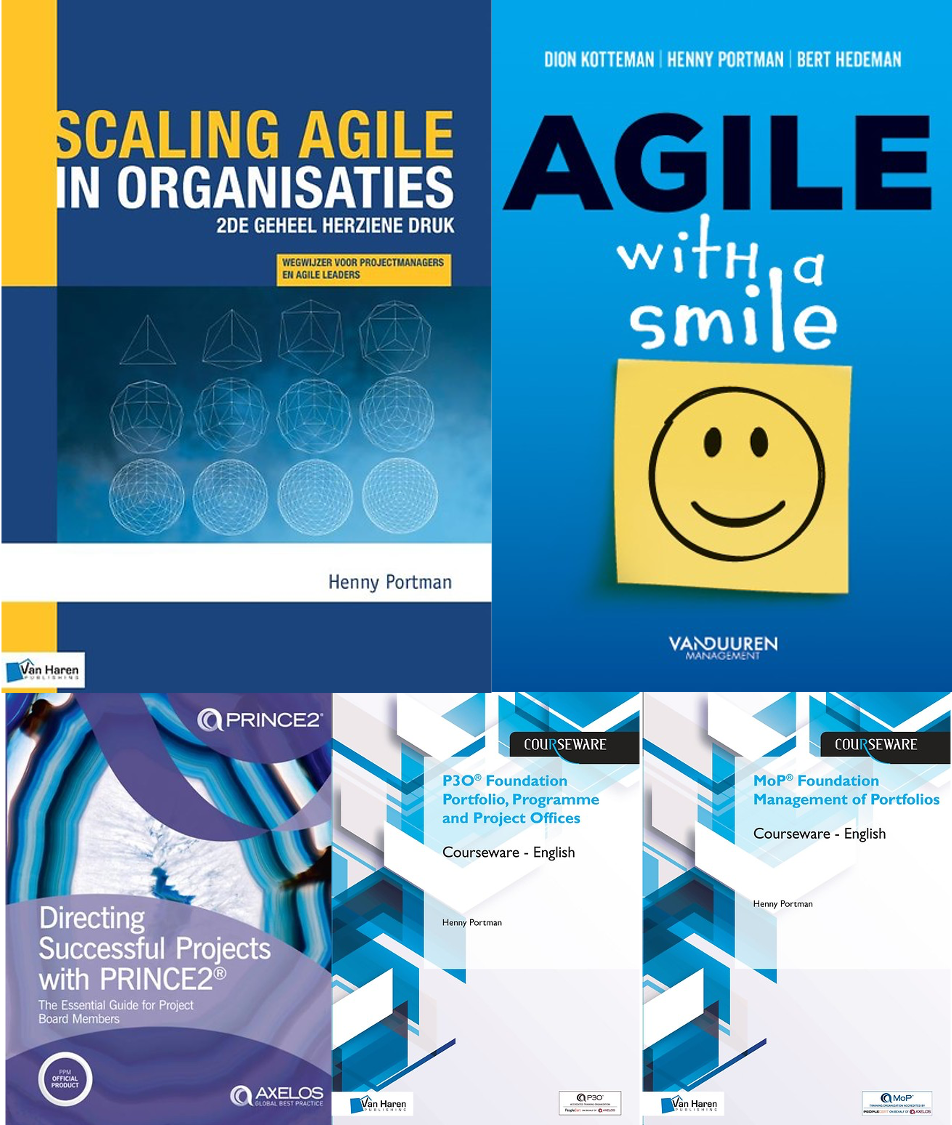



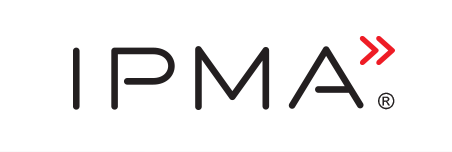

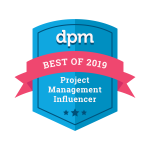




Pingback: New PM Articles for the Week of February 17 – 23 | The Practicing IT Project Manager
I tried to find some AIPMO publication on the Internet but wasn’t succeed 😦
https://aipmo.org
Pingback: Review PMO Principles | Henny Portman's Blog
Pingback: Overview of my year 2020 book reviews | Henny Portman's Blog